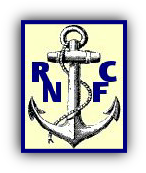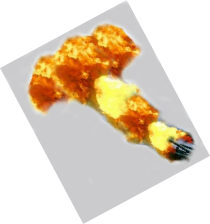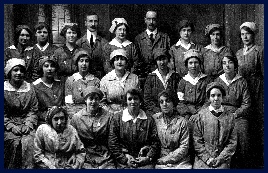
The Story of the
Holton Heath, Dorset, UK



Timeline of Occupancy of the Holton Heath site
By Dr Bob Dukes
The Royal Naval Cordite Factory (RNCF) was built between Poole and Wareham during the First World War to make Cordite.
Cordite is classed as a propellant, not a high explosive. It had been produced at Waltham Abbey since the latter part of the 19th century but in 1914 Winston Churchill, then First Lord of the Admiralty, decided that the Royal Navy needed its own plant to produce high quality material with reproducible properties.
A number of sites were investigated before Holton Heath was chosen, which fitted the requirements very well. It extended to some 500 acres, had the main railway line to London to the south, a road along its northern boundary, it was on pretty useless (in those days) heath land, with few
people in the immediate vicinity, and there were towns nearby to supply workers.
At its peak, there were in excess of 2000 men on the site construction apparently living in large corrugated iron buildings. Welfare was looked after by the YMCA.
The RNCF was effectively self-sufficient. Apart from its own reservoir, it had a pumping station some miles away, drawing water from a series of wells in the area.
There was also a gas works and electricity generators. The factory even employed its own rat catcher! A special railway station was built for the RNCF. The factory had its own internal rail system with about five miles of standard gauge track and 14 miles of narrow gauge, together with its own loco fleet and rolling stock. In fact, during the First World War, cordite was dispatched by the standard gauge railway to a jetty in Poole Harbour where it was loaded into sailing barges for transport to Priddy's Hard in Gosport.
Another important facility was a fully equipped hospital; a real hospital and not just a first aid station. Patients could stay for several weeks if necessary, and the staff specialised in burns. In its 40 years of activity the
factory only had one major explosion when a nitro-glycerine plant exploded in June 1931 with the loss of ten lives. There was complicated chemistry of explosives and the ingredients involved in the manufacture of cordite and there were many dangers in the process.
There were strict security measures and other regulations that governed the lives of those who worked at the RNCF
but social life was not excluded and the workers enjoyed a range of sporting activities, concert parties and the like.
During World War Two there were various defensive measures taken by RNCF including establishing decoy sites to thwart enemy actions.
Except for some specialized processes, production ceased at Holton Heath at the end of the war. The Admiralty Materials Laboratory (AML) moved onto the site in 1947 and this gradually took over much of the area until, in 1957, the RNCF was officially closed and all of the "danger area" and 80% of the site disposed of.
When the factory's Home Guard Unit was formed a model of the site was constructed to a scale of 40ft to the inch so that they could familiarise themselves with the site and this model is currently located back at Holton Heath after some years of being "exiled" to Priddy's Hard Gosport, Hampshire.
